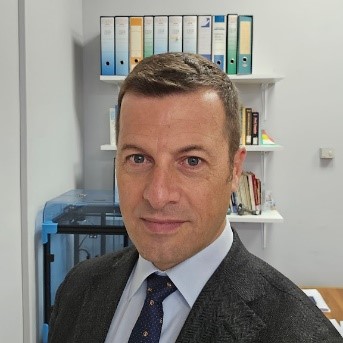FAUSTO ARPINO
University of Cassino and Southern Lazio, Italy
The Role of CFD in improving indoor environments air quality, comfort and safety
BIO
Born in Cassino, Italy (1974), graduated with Honors in Mechanical Engineering and completed his PhD with title “Numerical simulation of fuel cells”. Researcher at the University of Cassino (Italy) and Southern Lazio in 2006, Associate Professor in 2014, is now full Professor of Heat and Mass Transfer at the Department of Civil and Mechanical Engineering (DICEM) at the University of Cassino, where he was the head of the Laboratory of Industrial Measurements and is currently the head of the Bachelor Program “industrial Engineering Technology” and Master Program “Mechanical Engineering”.
He published about 100 journal papers, and his research interests are mainly related to numerical and mathematical modelling of heat and mass transfer phenomena, metrological devices, renewable energy sources (wind turbines, solar panels, green hydrogen), and energy conversion systems (fuel cells, waste to energy plants).
ABSTRACT
The COVID-19 pandemic has fundamentally changed our understanding of respiratory virus transmission, highlighting the critical role of indoor environments and the necessity of effective ventilation.
Traditional public health guidelines emphasized large-droplet and fomite transmission, advocating for social distancing and surface disinfection. This underestimated airborne transmission, which was acknowledged as the primary pathway for SARS-CoV-2 by major health organizations in spring 2021.
Studies showed that surface disinfection had minimal impact on COVID-19 spread, while canceling gatherings and closing schools significantly reduced transmission. As the pandemic continued, managing indoor environments became crucial. This led to a focus on indoor air quality and improved ventilation and air cleaning strategies.
Computational Fluid Dynamics (CFD) techniques were vital for these efforts. Validated CFD simulations provided insights that helped optimize HVAC systems and design effective airflow patterns to ensure safety and comfort in confined spaces.
In this speech, it will be presented mathematical and numerical modeling activities conducted in various indoor environments that have contributed to a better understanding of pollutant and viral aerosol transmission, with particular emphasis on the validation of the results obtained.
